Here, Two Rivers Meet And Food Film And Hidden Passageways Await

Set at the meeting point of two mighty rivers, this vibrant French city blends centuries of history with a modern pulse that’s impossible to resist.
With ancient passageways, a rich food culture that earned it the title of culinary capital, and a deep connection to the birth of cinema, Lyon delivers unforgettable experiences around every corner. Whether you’re here for the flavors, the history, or the hidden gems, there’s no shortage of reasons to fall in love.
1. The City Of Two Rivers: Rhône And Saône

Water defines this charming metropolis where two powerful waterways converge. Lyon’s landscape has been sculpted by the Rhône and Saône rivers for millennia, creating distinct neighborhoods on peninsulas and riverbanks.
Locals enjoy riverside paths perfect for cycling and evening strolls, while boat cruises offer unique perspectives of the city’s architecture and bridges that span these historic waters.
2. A UNESCO World Heritage Old Town

Ancient streets wind through a perfectly preserved medieval quarter where history feels tangibly present. Lyon’s Vieux Lyon earned UNESCO recognition in 1998 for its remarkable Renaissance architecture and cultural significance.
Wander among buildings dating from the 15th and 16th centuries, where Italian-influenced facades hide courtyards accessible through ornate doorways. This district represents one of Europe’s largest Renaissance neighborhoods still intact today.
3. The Secret Traboules: Hidden Passageways Of Lyon
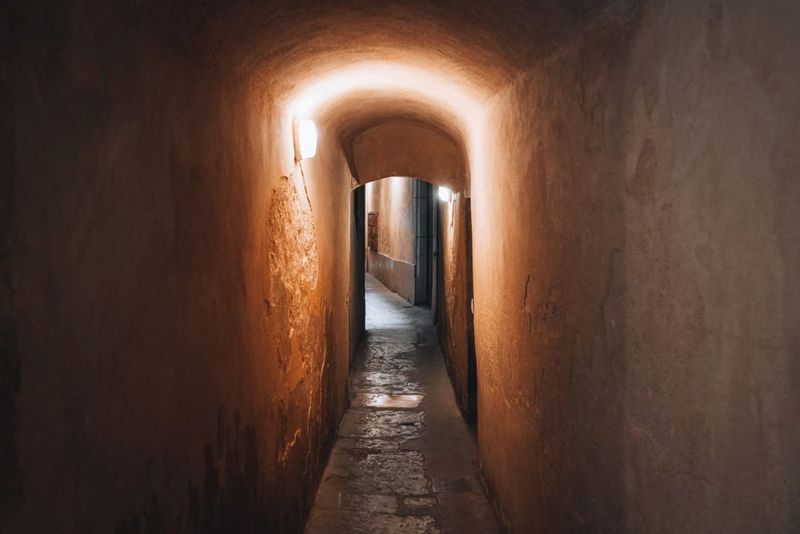
Hidden doorways lead to mysterious corridors that once bustled with silk merchants rushing between workshops. These traboules – covered passageways connecting buildings and courtyards – served practical purposes during Lyon’s silk-weaving heyday.
Today, about 40 traboules remain open to the public, primarily in Vieux Lyon and Croix-Rousse neighborhoods. Look for small plaques beside unassuming doors that reveal these architectural treasures waiting to be discovered.
4. The Capital Of Gastronomy: Lyon’s Food Scene
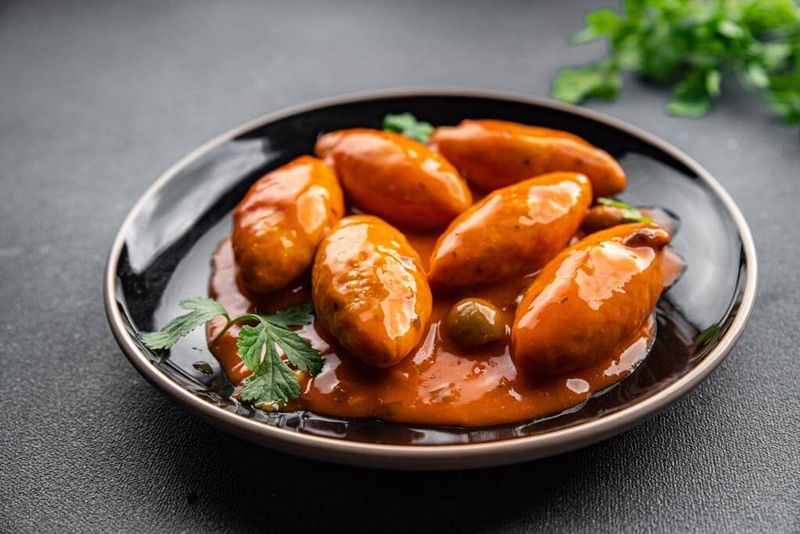
Culinary magic happens in cozy, traditional restaurants called ‘bouchons’ where hearty regional specialties reign supreme. Lyon earned its gastronomic reputation through centuries of culinary innovation and dedication to quality ingredients.
Famous dishes include quenelles (pike dumplings), andouillette sausage, and praline tarts. The city’s 4,000+ restaurants range from Michelin-starred establishments to family-run bistros where recipes have been passed down for generations.
5. Les Halles De Lyon Paul Bocuse
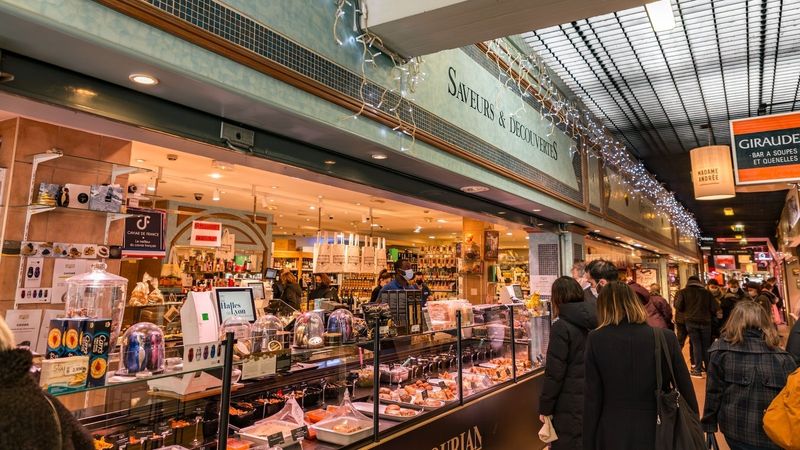
Gourmet heaven awaits inside a bustling indoor market where artisanal food vendors showcase the finest regional specialties. Named after Lyon’s legendary chef Paul Bocuse, this food hall houses nearly 60 passionate merchants.
Visitors can sample Saint-Marcellin cheese, pink praline tarts, and Bresse chicken while watching locals select ingredients. The market represents Lyon’s culinary soul, where professional chefs and home cooks alike source exceptional products.
6. The Influence Of Cinema
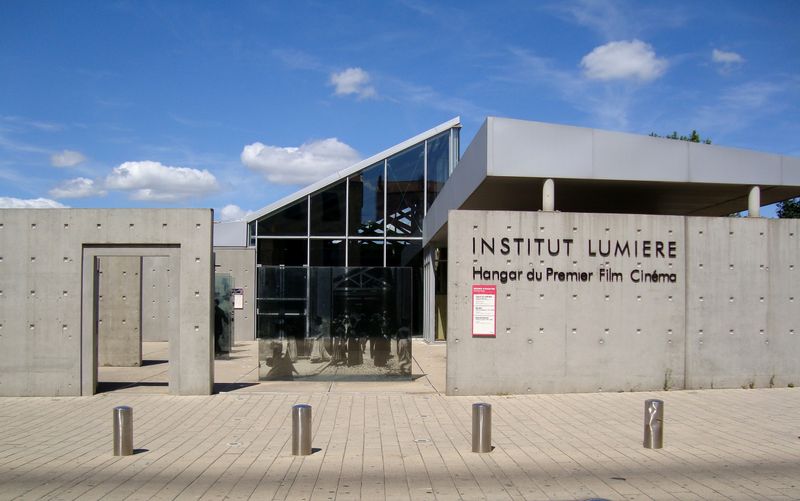
Motion pictures took their first breath in a city that continues celebrating this revolutionary art form. The Lumière brothers invented cinematography here in 1895, forever changing visual storytelling worldwide. Film enthusiasts can visit the Institut Lumière, housed in the family’s former mansion.
Lyon also hosts the annual Lumière Film Festival, drawing international stars who pay homage to cinema’s birthplace. The original Cinématographe device remains on display, connecting visitors to this pivotal moment in cultural history.
7. Presqu’île

Elegant streets stretch between two rivers, creating a peninsula buzzing with energy and artistic expression. Presqu’île forms Lyon’s downtown, where stunning 19th-century buildings house boutiques, cafés, and cultural institutions.
Place Bellecour, one of Europe’s largest open squares, anchors this district. Nearby, the Opera House and Museum of Fine Arts showcase Lyon’s artistic heritage. Shoppers flock to Rue de la République while architecture enthusiasts admire the district’s Haussmann-style grandeur.
8. Basilica Of Notre-Dame De Fourvière And Panoramic Views
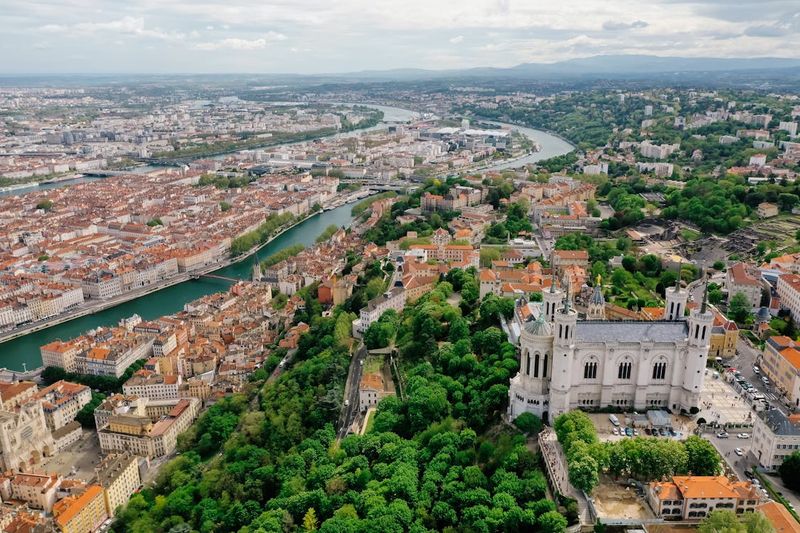
Perched majestically atop a hill, a gleaming white church watches over the city like a protective guardian. The Basilica of Notre-Dame de Fourvière combines Byzantine and Romanesque styles, its interior adorned with stunning mosaics and gold accents.
Built between 1872 and 1896, this religious landmark fulfills a promise made by Lyon’s citizens during the Franco-Prussian War. Visitors climb Fourvière Hill by foot or funicular railway to reach the basilica and enjoy breathtaking panoramic views across Lyon’s rooftops.
9. The Silk Weaving Heritage Of Croix-Rousse
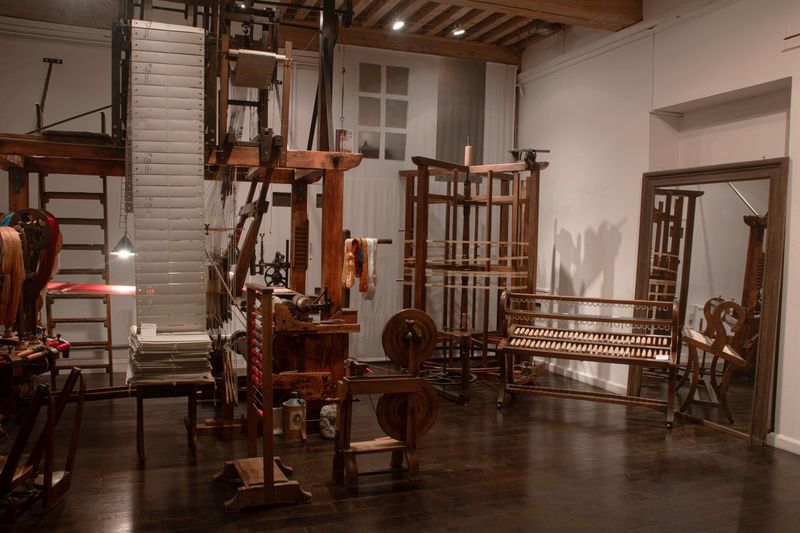
Wooden looms still clatter in historic workshops where artisans maintain centuries-old textile traditions. Croix-Rousse hill once housed thousands of silk workers, known as ‘canuts,’ who powered Lyon’s dominant silk industry from the Renaissance through the 19th century.
Today, visitors can explore the Maison des Canuts museum to understand this crucial chapter in Lyon’s history. The neighborhood maintains its artistic spirit with street art, creative workshops, and a bohemian atmosphere that continues to attract artists and craftspeople.
10. Outdoor Escapes: Parc De La Tête d’Or And Beyond
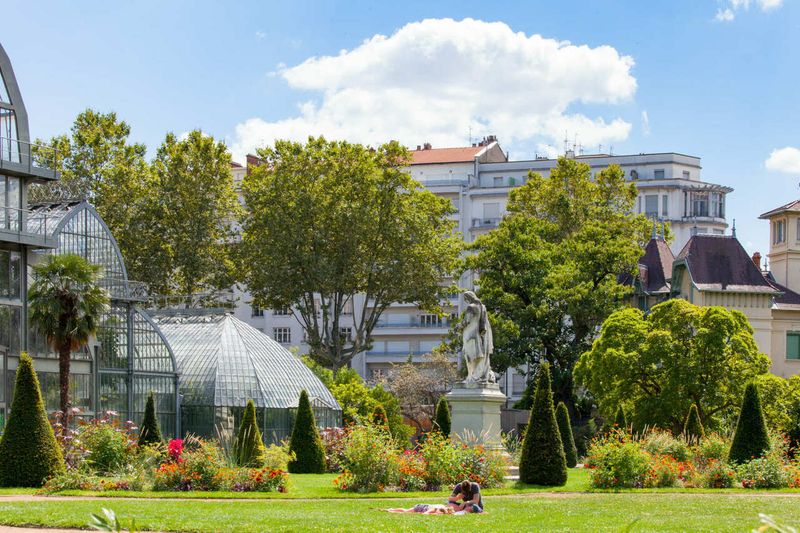
Golden gates welcome visitors to a magnificent urban oasis where families and nature lovers find respite from city life. Parc de la Tête d’Or spans 117 hectares, featuring a lake, botanical gardens, and a free zoo housing 400 animals.
Rose enthusiasts marvel at the international garden showcasing 30,000 plants. Beyond this flagship park, Lyon offers numerous green spaces including riverbank paths and hillside gardens. These natural retreats provide peaceful counterpoints to the city’s urban energy.
11. Festivals And Events
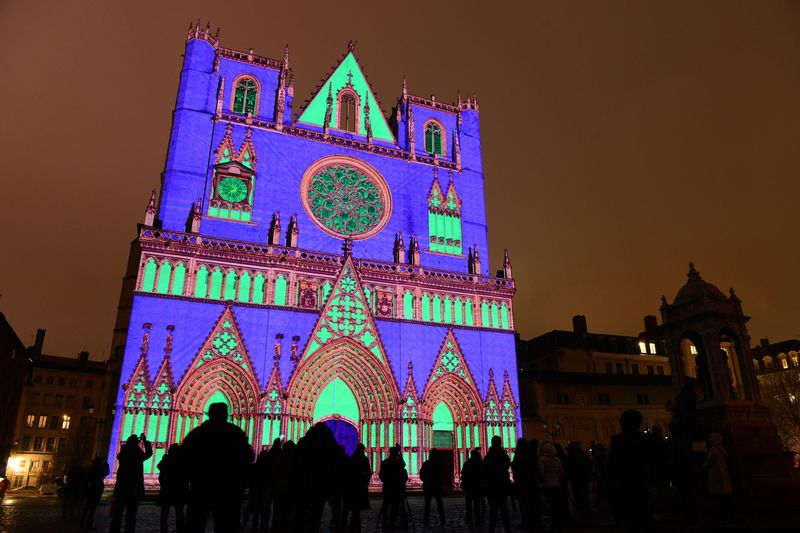
Millions of candles transform winter darkness into a magical wonderland during a festival that honors an ancient tradition. The Fête des Lumières (Festival of Lights) illuminates Lyon each December, with spectacular light installations projected onto historic buildings.
This four-day celebration attracts visitors worldwide. Throughout the year, Lyon hosts numerous other events, including the Nuits de Fourvière performing arts festival and the Lumière Film Festival celebrating cinema. These cultural gatherings showcase Lyon’s creative spirit.
12. Day Trips From Lyon
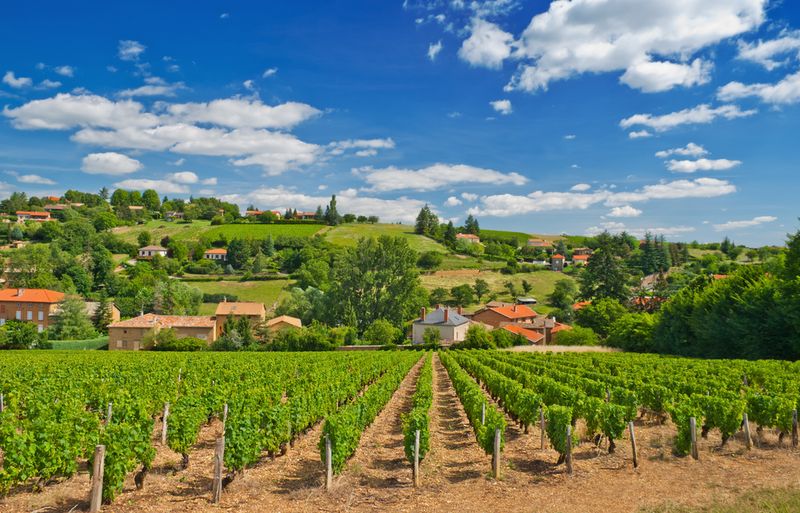
Adventure awaits just beyond city limits where world-class wine regions and medieval towns beckon curious travelers. Beaujolais vineyards lie mere 30 minutes north, offering wine tastings amid rolling hills dotted with stone villages.
The medieval walled town of Pérouges transports visitors back in time with its cobblestone streets. For mountain enthusiasts, the French Alps sit just two hours east, providing hiking in summer and skiing in winter. These accessible excursions make Lyon an ideal base for exploring southeastern France.
13. Tips For Visiting
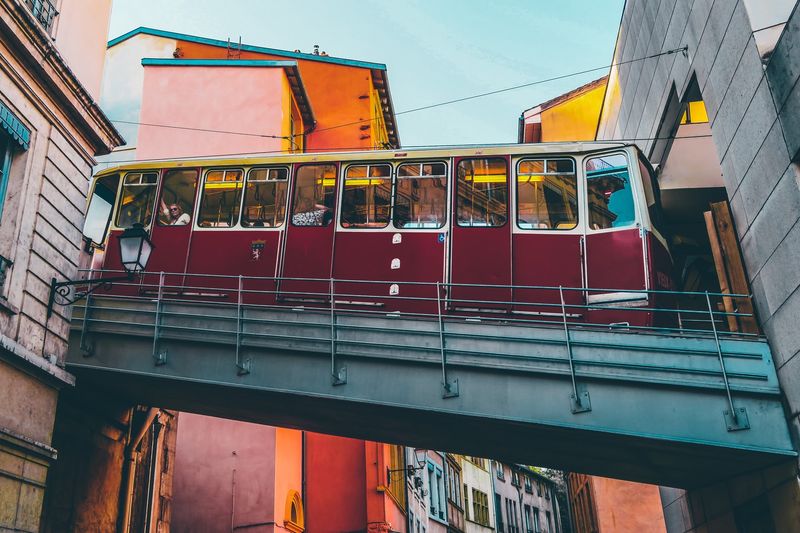
Spring and fall offer perfect weather for exploring cobblestone streets without summer crowds or winter chill. Lyon experiences a temperate climate, with May, June, September, and October providing ideal conditions for walking tours and outdoor dining.
The efficient public transportation system includes metros, trams, funiculars, and buses. Purchase a Lyon City Card for unlimited transit access plus museum entry. Comfortable shoes are essential for navigating hills and historic districts where Lyon’s true character reveals itself.
